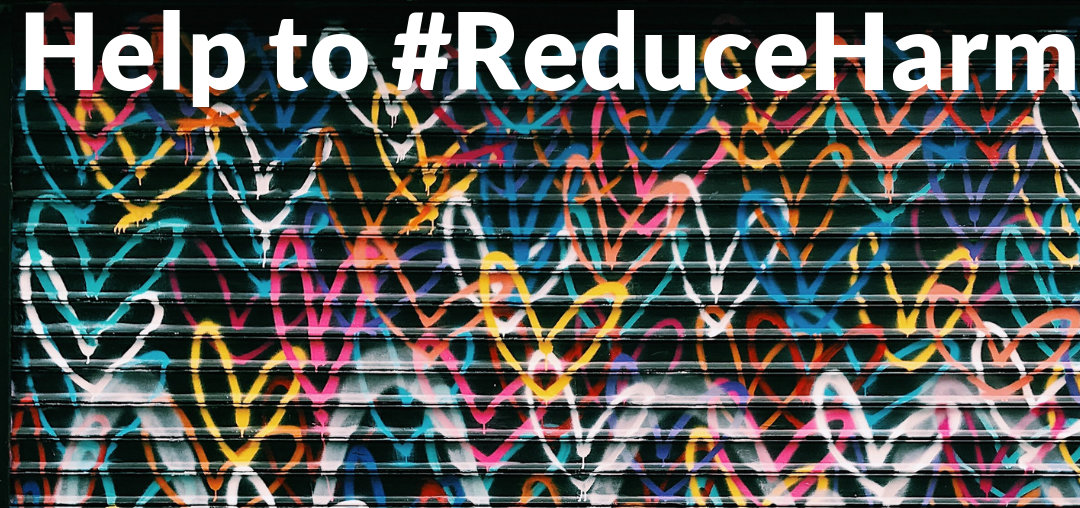Harm reduction is a significant and vital part of public health. In the simplest terms, harm reduction is reducing the risks to people doing an activity without requiring them to stop. It is a philosophy, based in human rights, that supports strategies to reduce harmful effects of certain behaviours, through policy and programming. As a set of practical strategies and ideas that reduce negative consequences associated with substance use, harm reduction aims to keep people safe and minimize injury, disease and death from risk-associated behaviour. It’s rooted in respect and dignity, and recognizes that substance use is complex.
Evidence shows that harm reduction activities do not encourage substance use. In fact, harm reduction reduces: hepatitis and HIV; overdoses and deaths; injection substance use; and crime, while also increasing things like condom use; referrals to treatment; and employment. Using non-judgmental approaches and strategies, harm reduction enhances knowledge and skills, and provides resources and supports, for individuals, their families and communities.
While harm reduction typically refers to substance use, there are many examples in our everyday lives of how we reduce our risks in situations where we may be vulnerable: seatbelts while driving; bike helmets when riding; life vests when boating. These examples work. Examples of harm reduction include: clean needles; substitution drug therapies, supervised consumption services. These examples work. “Coming from a community health perspective, we want to be sure we leave no one behind”, Erica Thomson, Peer Expert.
A key aspect of harm reduction is stigma — reducing the harms associated with stigma is as important as reducing the risk of infectious disease transmission or providing naloxone training — good harm reduction starts with compassion, dignity and respect and eliminating the stigma of substance use is the first step. Want to learn more about stigma? Check out our resources page and watch this space for more.
Another common component of harm reduction is peer support programs and peer-led initiatives. Peers are people with lived experience of substance use and it is imperative that their voices guide the work of harm reduction in many ways — without the expertise of peers, harm reduction strategies and supports would not be rooted in experience and therefore not be as true to the needs of the very people being supported and served.
Ultimately, the goal is to enable people to make informed decisions to be safer and healthier. This is health promotion at its most fundamental — harm reduction enables people to take more control over their own health and safety, within the context of their own lives and experiences — if you read our post last month, you can see the similarities. Yet when we talk about harm reduction, some people still argue. We don’t question the value of good health promotion, why do we debate harm reduction? There is plenty of evidence to show it doesn’t increase substance use, but rather works to keep people safe and healthy, and ultimately saves lives.
We would never tell someone we wouldn’t support their right to keep themselves safe while driving a car, riding a bike, enjoying a boat. Why would we treat someone who uses substances any differently? Harm reduction saves lives, saves healthcare costs and is not debatable. Harm reduction puts the healthy human at its core, and prioritizes safety and health. This is #ActivateHealth.
Interested in learning more about harm reduction and specific programs? Check out: https://towardtheheart.com
Interested in more from us? Sign up for our newsletter and follow us on social media @bccdcfoundation
